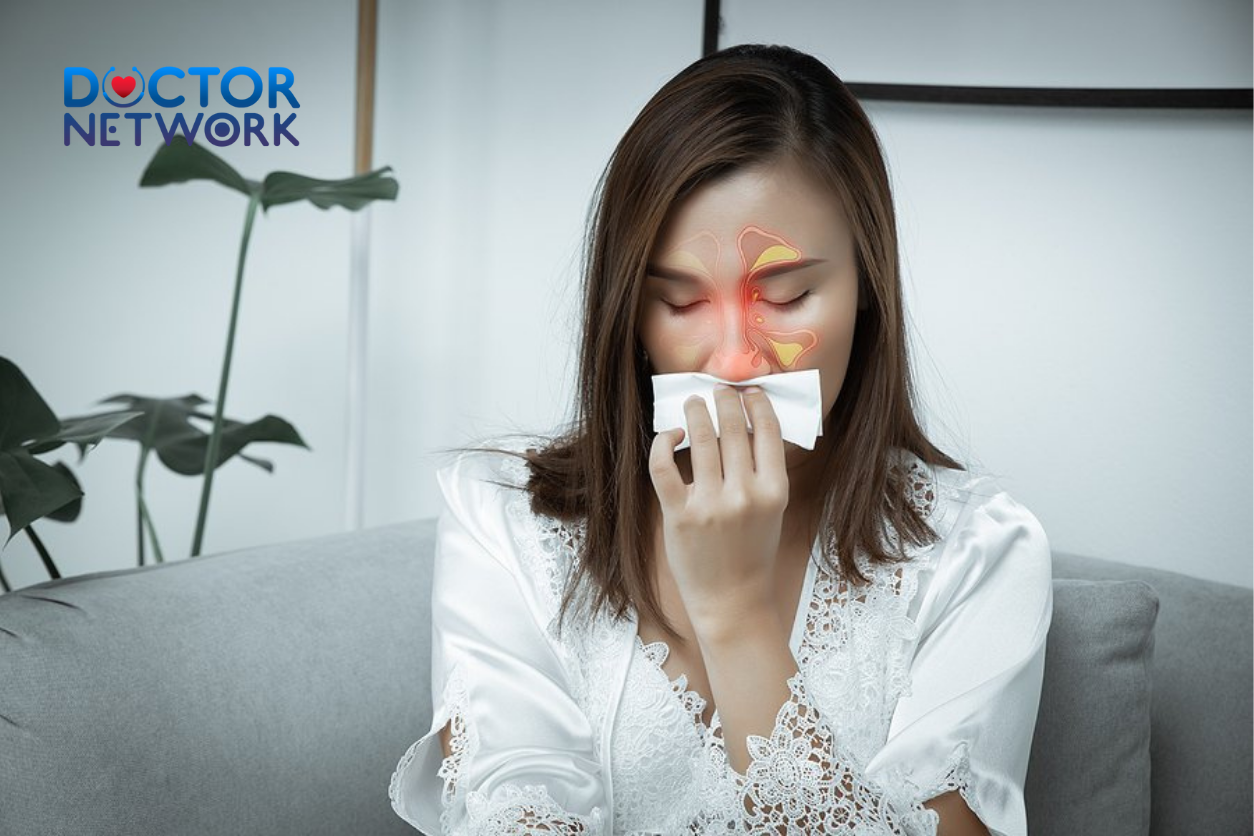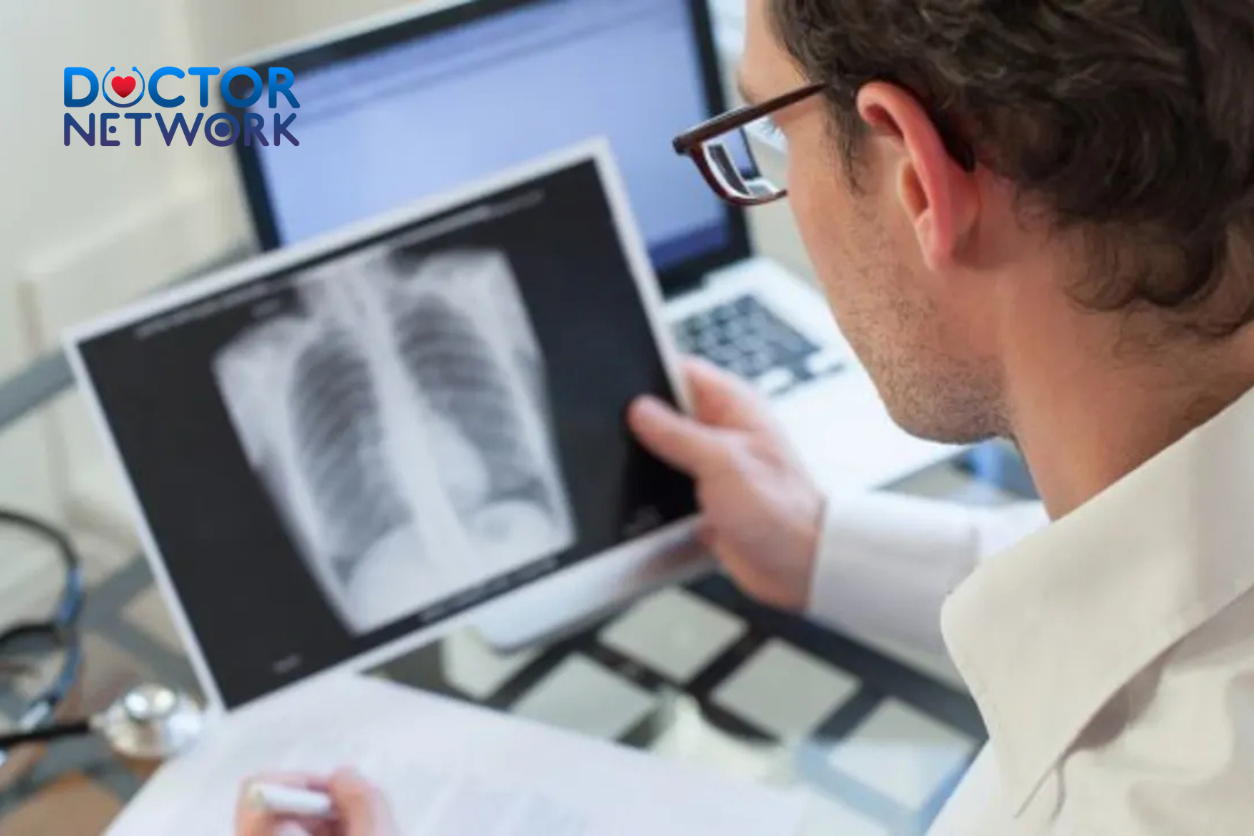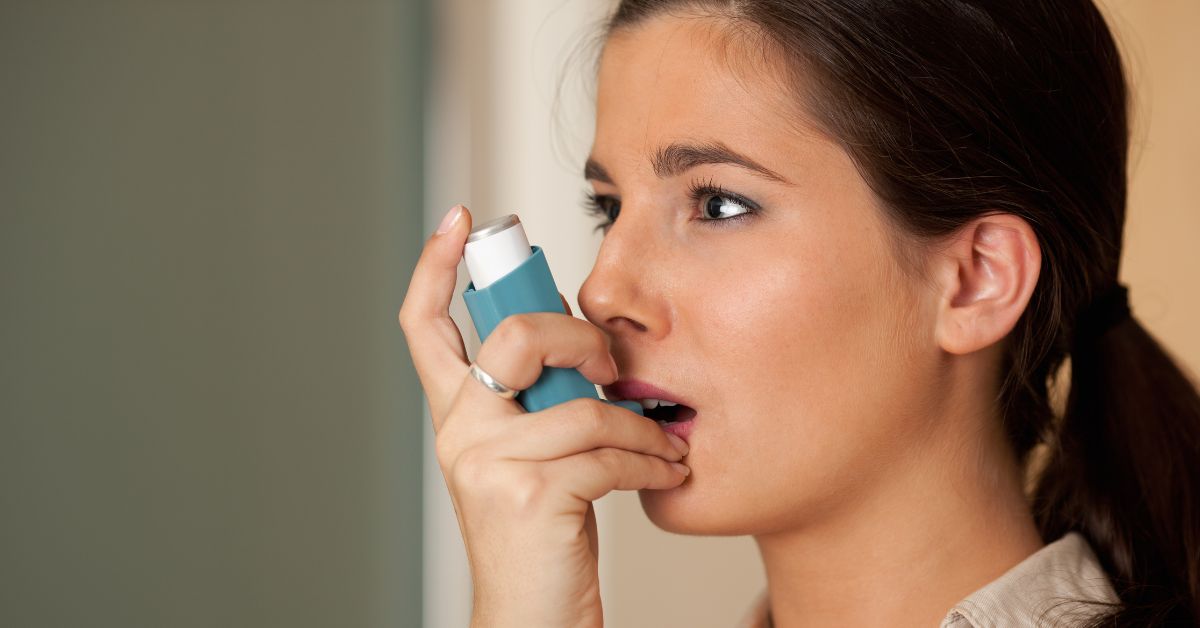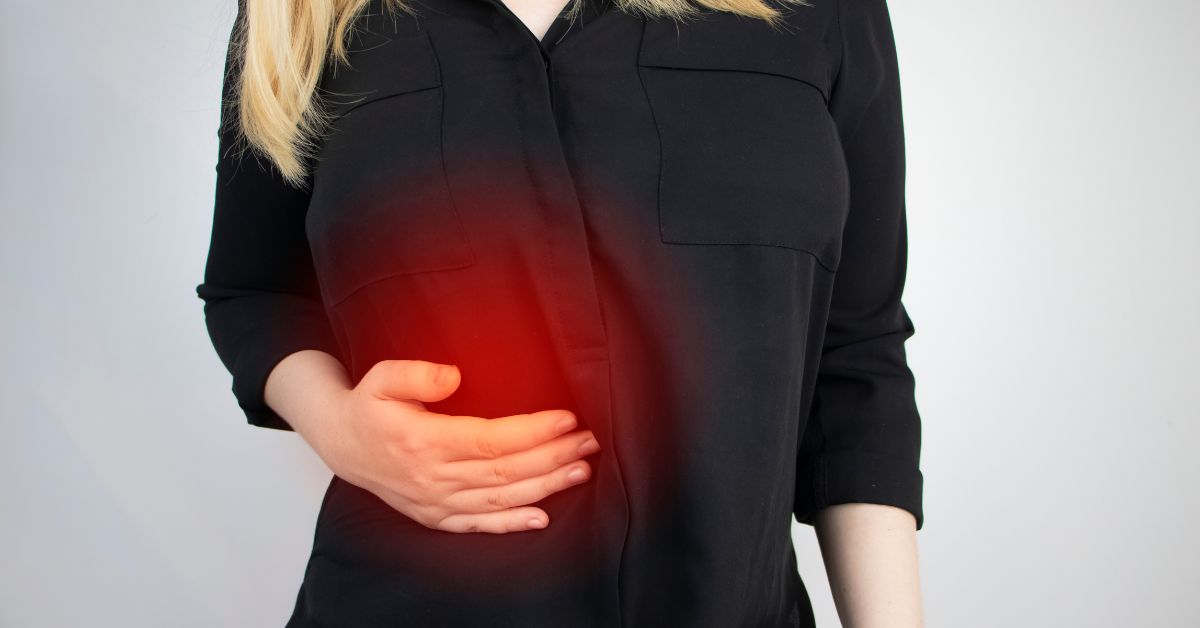COVID-19, the official name for the acute respiratory illness caused by the novel coronavirus, has become a global nightmare since its emergence in late 2019 in Wuhan, China. Let’s explore “How is COVID-19 transmitted?” with Doctor Network through the following article.
Understanding COVID-19: Recognizing Signs of Infection
Although coronaviruses are not new to causing human illnesses, the rapid spread of COVID-19 has led to a global pandemic, affecting all aspects of human life. Coronaviruses represent a large family of viruses, and some strains can cause diseases in humans after jumping from animals. In many instances, coronaviruses have the potential to transmit from animals to humans, resulting in major outbreaks such as MERS and SARS.
The 2019-nCoV outbreak in Wuhan is a new variant unseen in humans before, with human-to-human transmission characteristics. Similar to SARS-CoV and MERS-CoV, 2019-nCoV is an exceptionally dangerous virus. Once inside the body, it can cause severe respiratory inflammation, leading to respiratory failure and potential fatalities.
In 16 cases of acute respiratory infection in Vietnam due to COVID, most patients exhibited symptoms similar to the common flu. However, some cases showed no clear symptoms or only mild ones, making them easily overlooked. Testing is crucial to confirm the disease.
Symptoms of COVID-19 typically appear 2-14 days after exposure to the virus. Common symptoms include:
- Fever exceeding 38 degrees Celsius
- Dry cough and shortness of breath
- Loss of taste and smell
- Body aches, fatigue
- Sore throat
- Diarrhea
Other severe cases may involve:
- Pneumonia
- Respiratory failure
- Death (in patients with underlying conditions)
How is COVID-19 transmitted: Understanding for Effective Prevention
The question of “How is COVID-19 transmitted?” is essential for raising awareness and preventive measures. According to the World Health Organization (WHO), COVID-19 can spread from bats to humans and between individuals through the following main methods:
1. Droplet Transmission
When an infected person coughs, sneezes, or talks, they can release droplets containing the virus. People around may inhale these droplets, becoming the next victims of the disease.
2. Direct Contact with Infected Individuals
Close contact, such as shaking hands or hugging infected individuals, significantly increases the risk of transmission, especially in crowded environments.
3. Indirect Transmission via Surfaces
The virus can survive on surfaces for a certain period. If you touch a contaminated surface and then touch your eyes, nose, or mouth, you may become infected.
4. Fecal-Oral Transmission
Although less common than other routes, exposure to contaminated water or failure to follow hand hygiene after using the toilet can provide an opportunity for the virus to enter the body through the digestive system.
To minimize the risk of infection and protect community health, preventive measures include:
- Maintaining Safe Distances: Keep a distance of at least 1 meter from others, especially those showing symptoms.
- Frequent Hand Hygiene: Wash hands regularly with soap and clean water for at least 20 seconds, a crucial preventive measure.
- Protecting When Coughing or Sneezing: Use tissue or the crook of your elbow to cover your mouth and nose, followed by immediate handwashing.
- Wearing Masks: When unable to maintain a safe distance, wearing a cloth mask can help reduce the risk of virus transmission and protect the community.

Utilize face masks to reduce the risk of contracting Covid-19 and safeguard community health
What to Do When Suspecting COVID-19 Infection
When experiencing symptoms or suspecting COVID-19 infection:
- Stay informed about the latest disease developments and practice self-care for yourself and your family.
- Self-isolate at home if symptoms are mild and urgent medical care is unnecessary to avoid spreading the virus to others.
- Contact healthcare providers beforehand to inform them of your situation and allow them to prepare the best treatment plan.
- Wear a mask when in contact with others or visiting healthcare facilities to reduce the risk of transmission.
- Practice frequent handwashing using soap and water for at least 20 seconds, or use hand sanitizer with at least 60% alcohol.
- Avoid direct contact, maintaining a safe distance, especially from those at high risk, such as the elderly or individuals with underlying health conditions.
Additional Measures for COVID-19 Patients
- Follow Doctor’s Instructions: Adhering to the doctor’s guidance is crucial for confirmed COVID-19 patients.
- Rest: Ensure sufficient rest to keep the body in the best condition.
- Stay Hydrated: Provide adequate fluids to enhance immune system function and facilitate quick recovery.
- Maintain a Clean Environment: Regularly clean frequently-touched surfaces such as tables, doorknobs, phones, and personal computers.
- Keep Distance: Even indoors, try to maintain distance from other household members, especially those at higher risk.

Maintaining a clean living environment helps prevent COVID-19 infection
In coping with the COVID-19 pandemic, understanding the symptoms and “How is COVID-19 transmitted?” is essential, along with implementing effective prevention methods. Each individual has a responsibility to protect themselves, their families, and the community. Let’s work together to create a safe environment, minimize the spread of the virus, and move towards a future where COVID-19 is no longer a threat to community health.
Kiểm Duyệt Nội Dung
More than 10 years of marketing communications experience in the medical and health field.
Successfully deployed marketing communication activities, content development and social networking channels for hospital partners, clinics, doctors and medical professionals across the country.
More than 6 years of experience in organizing and producing leading prestigious medical programs in Vietnam, in collaboration with Ho Chi Minh City Television (HTV). Typical programs include Nhật Ký Blouse Trắng, Bác Sĩ Nói Gì, Alo Bác Sĩ Nghe, Nhật Ký Hạnh Phúc, Vui Khỏe Cùng Con, Bác Sỹ Mẹ, v.v.
Comprehensive cooperation with hundreds of hospitals and clinics, thousands of doctors and medical experts to join hands in building a medical content and service platform on the Doctor Network application.


























